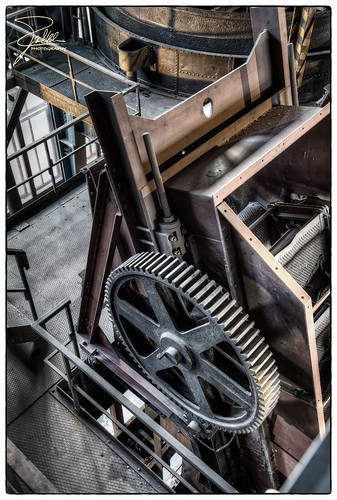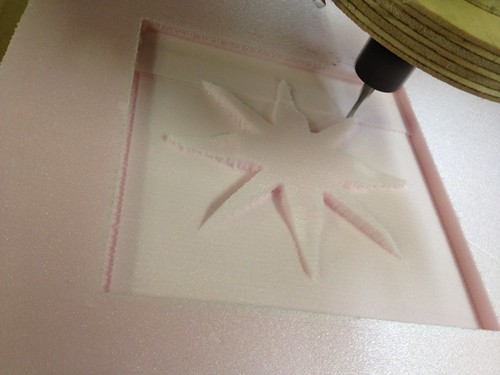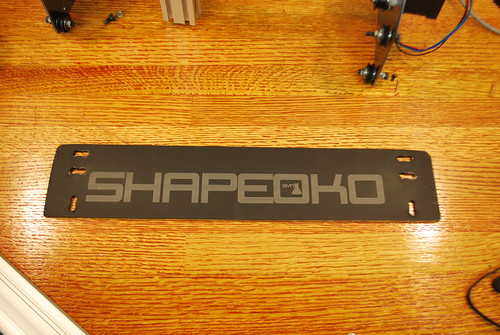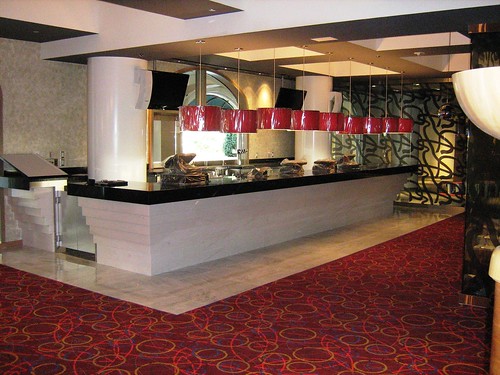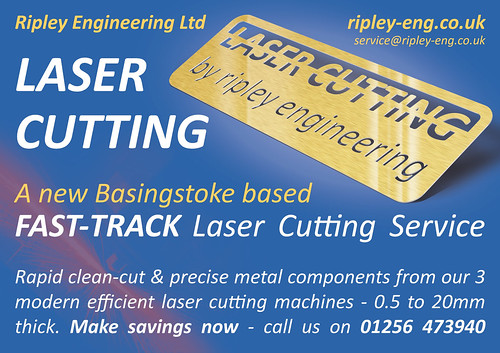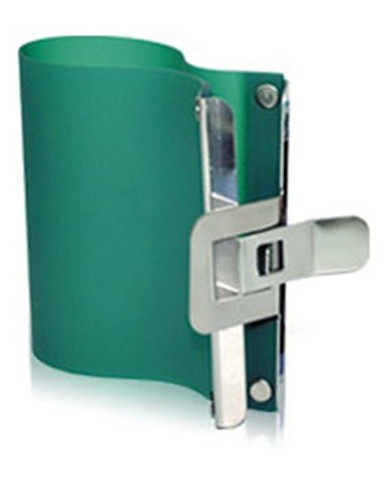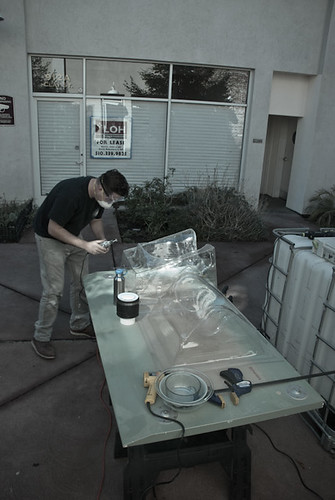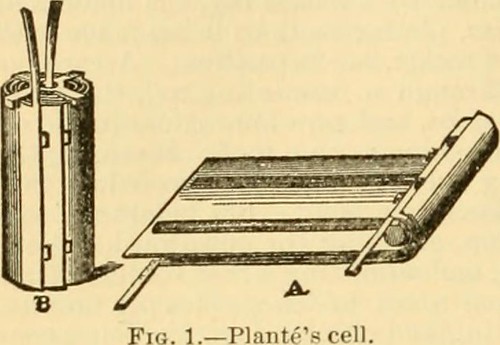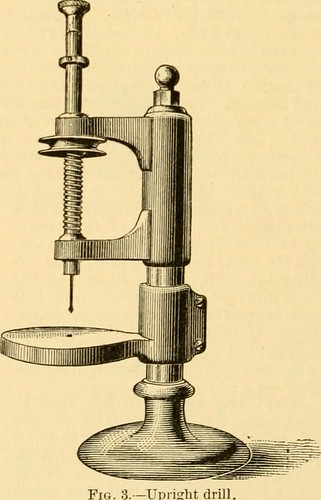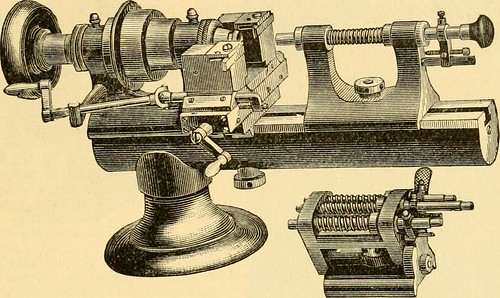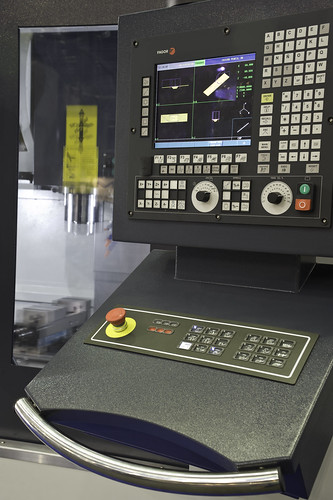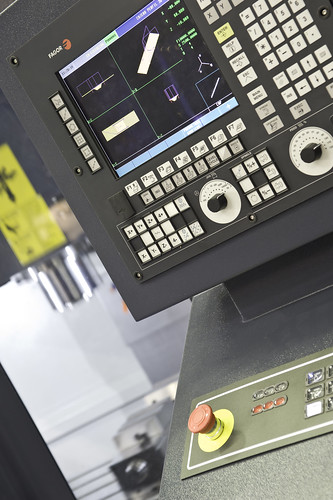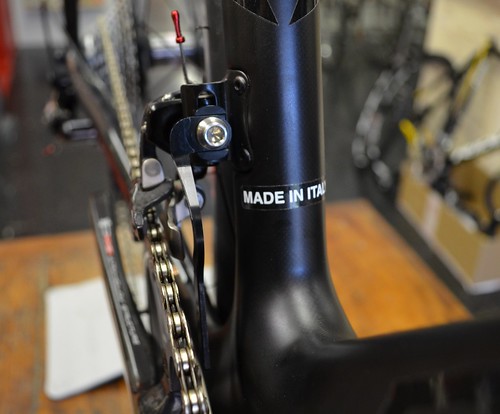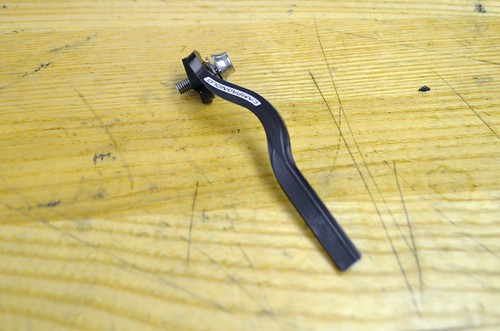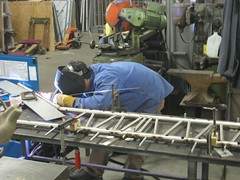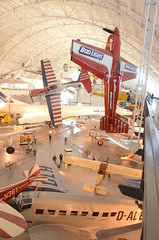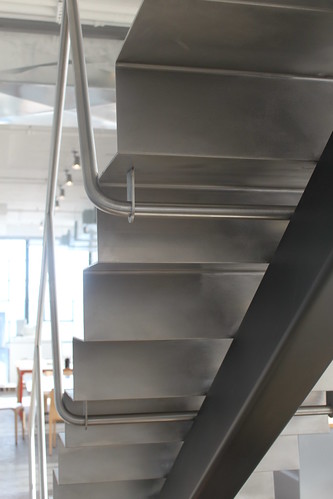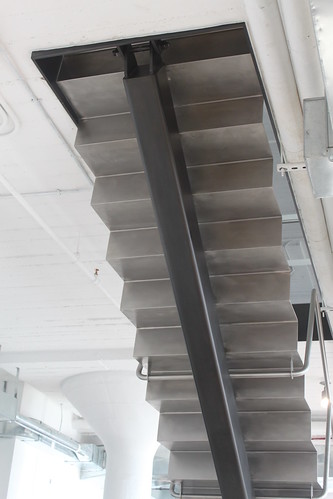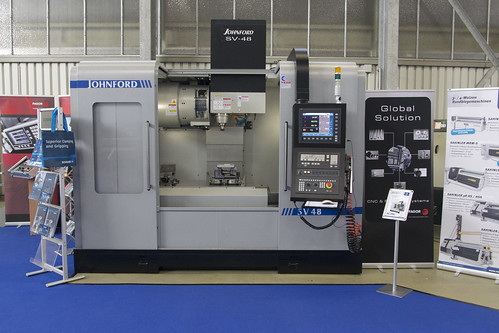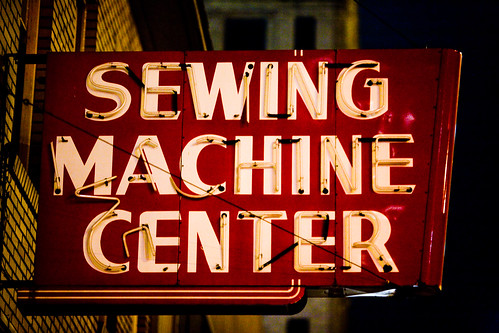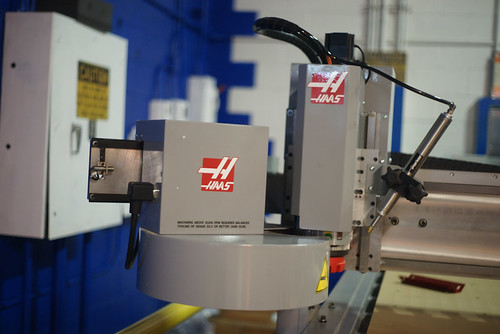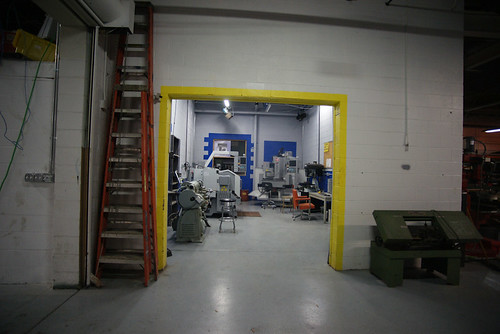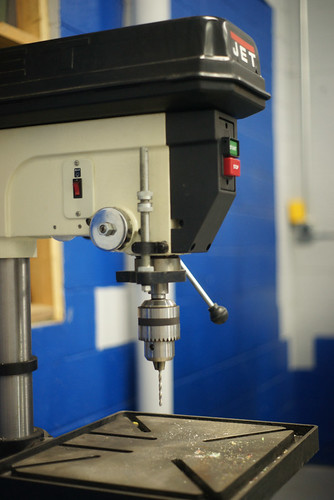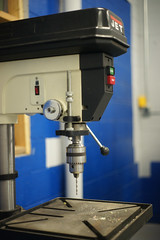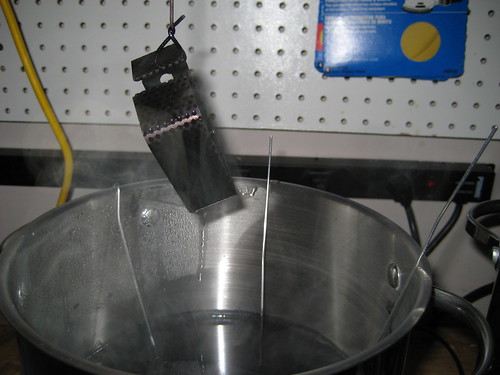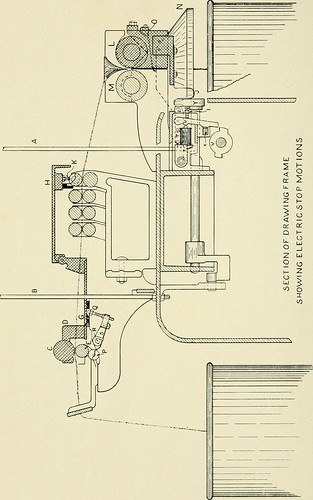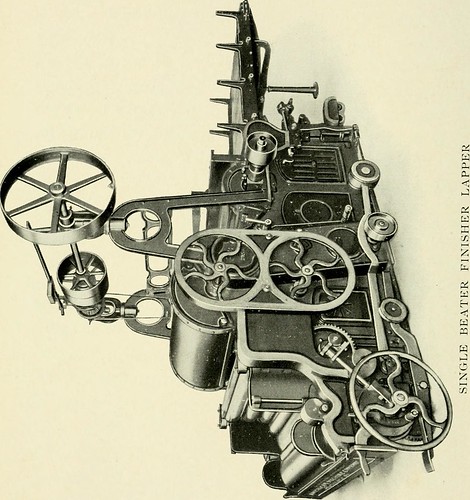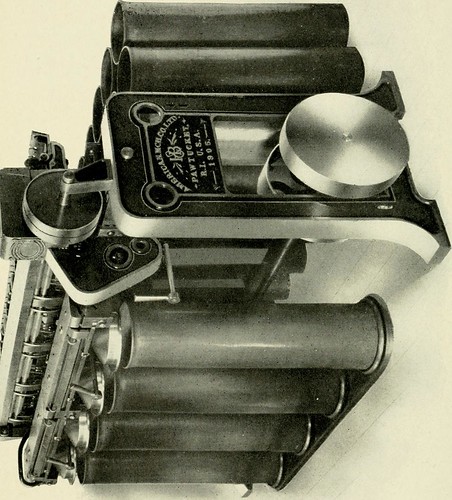Obama’s New Space Frontier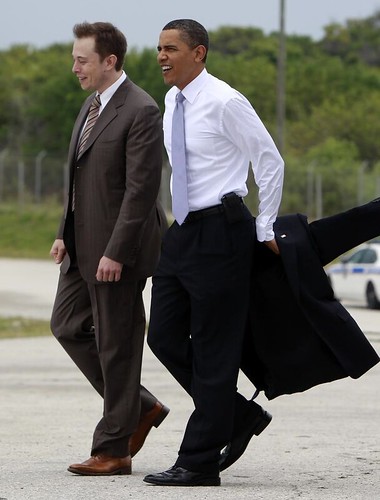
Image by jurvetson
From Cape Canaveral yesterday, President Obama toured the SpaceX facilities with Falcon 9 erect on the pad, and then joined Buzz Aldrin and Elon Musk to present a new vision for NASA.
Elon Musk summarizes: “Today, the President will articulate an ambitious and exciting new plan that will alter our destiny as a species. I believe this address could be as important as President Kennedy’s 1962 speech at Rice University. For the first time since Apollo, our country will have a plan for space exploration that inspires and excites all who look to the stars. Even more important, it will work.”
Here is the full text of President Obama’s speech and some excerpts:
“Few people — present company excluded — can claim the expertise of Buzz and Bill and Charlie when it comes to space exploration. I have to say that few people are as singularly unimpressed by Air Force One as those three. (Laughter.) Sure, it’s comfortable, but it can’t even reach low Earth orbit. And that obviously is in striking contrast to the Falcon 9 rocket we just saw on the launch pad, which will be tested for the very first time in the coming weeks.
The space race inspired a generation of scientists and innovators, including, I’m sure, many of you. It’s contributed to immeasurable technological advances that have improved our health and well-being, from satellite navigation to water purification, from aerospace manufacturing to medical imaging. Although, I have to say, during a meeting right before I came out on stage somebody said, you know, it’s more than just Tang — and I had to point out I actually really like Tang. (Laughter.)
For me, the space program has always captured an essential part of what it means to be an American — reaching for new heights, stretching beyond what previously did not seem possible. And so, as President, I believe that space exploration is not a luxury, it’s not an afterthought in America’s quest for a brighter future — it is an essential part of that quest.
So today, I’d like to talk about the next chapter in this story.
Let me start by being extremely clear: I am 100 percent committed to the mission of NASA and its future. (Applause.) Because broadening our capabilities in space will continue to serve our society in ways that we can scarcely imagine. Because exploration will once more inspire wonder in a new generation — sparking passions and launching careers. And because, ultimately, if we fail to press forward in the pursuit of discovery, we are ceding our future and we are ceding that essential element of the American character.
NASA, from the start, several months ago when I issued my budget, was one of the areas where we didn’t just maintain a freeze but we actually increased funding by billion. By doing that we will ramp up robotic exploration of the solar system, including a probe of the Sun’s atmosphere; new scouting missions to Mars and other destinations; and an advanced telescope to follow Hubble, allowing us to peer deeper into the universe than ever before.
We will increase Earth-based observation to improve our understanding of our climate and our world — science that will garner tangible benefits, helping us to protect our environment for future generations.
And we will extend the life of the International Space Station likely by more than five years, while actually using it for its intended purpose: conducting advanced research that can help improve the daily lives of people here on Earth, as well as testing and improving upon our capabilities in space. This includes technologies like more efficient life support systems that will help reduce the cost of future missions. And in order to reach the space station, we will work with a growing array of private companies competing to make getting to space easier and more affordable. (Applause.)
Now, I recognize that some have said it is unfeasible or unwise to work with the private sector in this way. I disagree. The truth is, NASA has always relied on private industry to help design and build the vehicles that carry astronauts to space, from the Mercury capsule that carried John Glenn into orbit nearly 50 years ago, to the space shuttle Discovery currently orbiting overhead. By buying the services of space transportation — rather than the vehicles themselves — we can continue to ensure rigorous safety standards are met. But we will also accelerate the pace of innovations as companies — from young startups to established leaders — compete to design and build and launch new means of carrying people and materials out of our atmosphere.
Next, we will invest more than billion to conduct research on an advanced “heavy lift rocket” — a vehicle to efficiently send into orbit the crew capsules, propulsion systems, and large quantities of supplies needed to reach deep space. In developing this new vehicle, we will not only look at revising or modifying older models; we want to look at new designs, new materials, new technologies that will transform not just where we can go but what we can do when we get there. And we will finalize a rocket design no later than 2015 and then begin to build it. (Applause.)
So the point is what we’re looking for is not just to continue on the same path — we want to leap into the future; we want major breakthroughs; a transformative agenda for NASA. (Applause.)
The bottom line is nobody is more committed to manned space flight, to human exploration of space than I am. (Applause.) But we’ve got to do it in a smart way, and we can’t just keep on doing the same old things that we’ve been doing and thinking that somehow is going to get us to where we want to go.
Some have said, for instance, that this plan gives up our leadership in space by failing to produce plans within NASA to reach low Earth orbit, instead of relying on companies and other countries. But we will actually reach space faster and more often under this new plan, in ways that will help us improve our technological capacity and lower our costs, which are both essential for the long-term sustainability of space flight. In fact, through our plan, we’ll be sending many more astronauts to space over the next decade. (Applause.)
There are also those who criticized our decision to end parts of Constellation as one that will hinder space exploration beyond low Earth orbit. But it’s precisely by investing in groundbreaking research and innovative companies that we will have the potential to rapidly transform our capabilities — even as we build on the important work already completed, through projects like Orion, for future missions. And unlike the previous program, we are setting a course with specific and achievable milestones.
Early in the next decade, a set of crewed flights will test and prove the systems required for exploration beyond low Earth orbit. (Applause.) And by 2025, we expect new spacecraft designed for long journeys to allow us to begin the first-ever crewed missions beyond the Moon into deep space. (Applause.) So we’ll start — we’ll start by sending astronauts to an asteroid for the first time in history. (Applause.) By the mid-2030s, I believe we can send humans to orbit Mars and return them safely to Earth. And a landing on Mars will follow. And I expect to be around to see it. (Applause.)
But I want to repeat — I want to repeat this: Critical to deep space exploration will be the development of breakthrough propulsion systems and other advanced technologies. So I’m challenging NASA to break through these barriers. And we’ll give you the resources to break through these barriers. And I know you will, with ingenuity and intensity, because that’s what you’ve always done. (Applause.)
So this is the next chapter that we can write together here at NASA. We will partner with industry. We will invest in cutting-edge research and technology. We will set far-reaching milestones and provide the resources to reach those milestones. And step by step, we will push the boundaries not only of where we can go but what we can do.
Fifty years after the creation of NASA, our goal is no longer just a destination to reach. Our goal is the capacity for people to work and learn and operate and live safely beyond the Earth for extended periods of time, ultimately in ways that are more sustainable and even indefinite. And in fulfilling this task, we will not only extend humanity’s reach in space — we will strengthen America’s leadership here on Earth.
Now, I’ll close by saying this. I know that some Americans have asked a question that’s particularly apt on Tax Day: Why spend money on NASA at all? Why spend money solving problems in space when we don’t lack for problems to solve here on the ground? And obviously our country is still reeling from the worst economic turmoil we’ve known in generations. We have massive structural deficits that have to be closed in the coming years.
But you and I know this is a false choice. We have to fix our economy. We need to close our deficits. But for pennies on the dollar, the space program has fueled jobs and entire industries. For pennies on the dollar, the space program has improved our lives, advanced our society, strengthened our economy, and inspired generations of Americans. And I have no doubt that NASA can continue to fulfill this role. (Applause.) But that is why — but I want to say clearly to those of you who work for NASA, but to the entire community that has been so supportive of the space program in this area: That is exactly why it’s so essential that we pursue a new course and that we revitalize NASA and its mission — not just with dollars, but with clear aims and a larger purpose.
Now, little more than 40 years ago, astronauts descended the nine-rung ladder of the lunar module called Eagle, and allowed their feet to touch the dusty surface of the Earth’s only Moon. This was the culmination of a daring and perilous gambit — of an endeavor that pushed the boundaries of our knowledge, of our technological prowess, of our very capacity as human beings to solve problems. It wasn’t just the greatest achievement in NASA’s history — it was one of the greatest achievements in human history.
And the question for us now is whether that was the beginning of something or the end of something. I choose to believe it was only the beginning.”
Novo Resources Strategizes Moving Beatons Creek Toward Bankable Feasibility
Further evidence for significant coarse gold comes from a suite of spot rock chip surface samples recently collected at Beatons Creek that was analyzed by screen metallic fire assay (data presented in nearby table). ….. The goal of this study will …
Read more on MarketWatch
Fortune Minerals Announces Preliminary Economic Assessment Report for the …
The underground workings have been rehabilitated and new surface facilities and an underground mill have been constructed. The mine is ramping up to a 400 ton per ….. A number of historical resource estimates were prepared for the Revenue Silver Mine …
Read more on PR Newswire (press release)
IDM Mining"s Red Mountain Preliminary Economic Assessment Demonstrates …
A surface exploration program targeting many of these newly discovered and highly prospective areas is currently underway. Risks. It is the conclusion of the Qualified …. At a nominal rate of 1,000 tpd, the fine mineralized material bin will feed a …
Read more on SYS-CON Media (press release)
Lastest Surface Grinding China Services News

